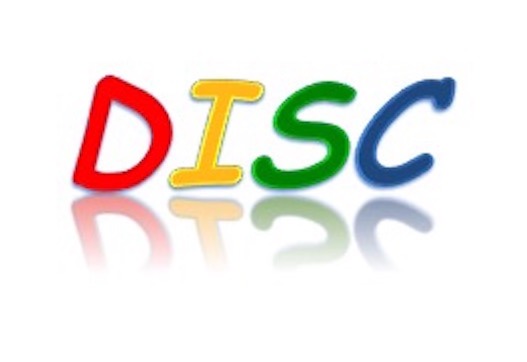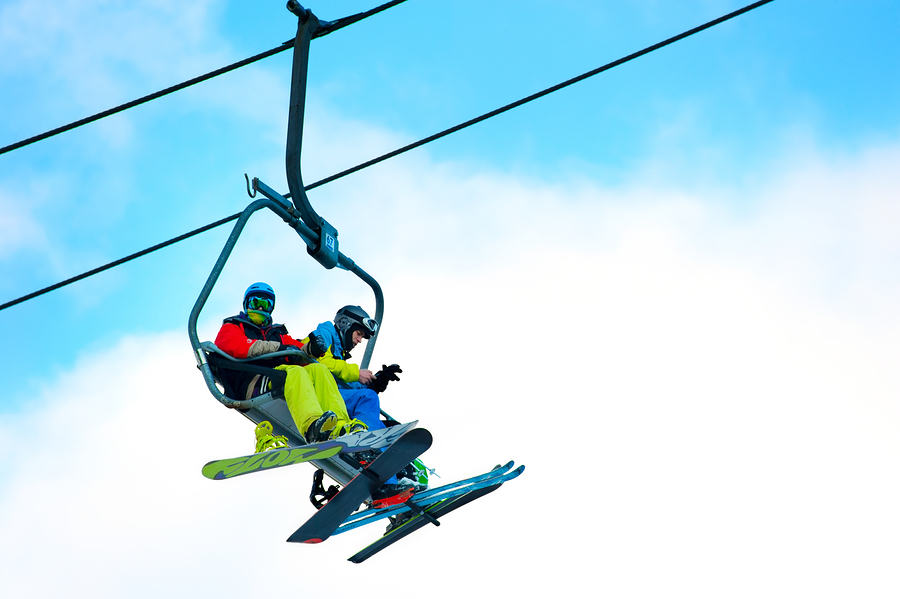As coaches and trainers we’re always looking at DISC training activities for workshops and coaching sessions. Join our senior trainers as they cover tips and exercises to make trainings more useful and interactive.
Where to start
Whenever we do any DISC sessions we always build in DISC training activities. In creating fun and useful sessions we start with the 4 Steps to Effective Communication. Step 1 is to understanding the DISC styles. Next step is becoming more self-aware. Step 3 is identifying the styles of others. Finally, the end goal is adjusting one’s style to improve interactions.
The Extended DISC VIP Client Resource Center is a great place to start. This resource site is for clients of Extended DISC. Find all the webinar exercises on the VIP site. There are additional exercises on the site we won’t have a chance to get to. Additionally, the site is constantly updated with new games and resources.
Five keys to understanding the DISC styles
Start on Step 1, Understanding DISC styles, by hitting upon the 5 key areas for each of the four DISC quadrants. First, address the where each styles falls on the main areas of the DISC model. For example, D-styles are in the top half of the model and therefore, more task oriented. D-styles are also on the left side of the DISC model and therefore, a more active style. People also need to learn about attributes of each of the 4 styles, how they handle pressure, and their biggest fears. Lastly, present a real person that represents that style.
Address different learning styles
We are all different types of learners. For example, some of us are visual, some auditory and some like to see it in writing. Therefore, it’s important to build in exercises that address all types of learners.
After covering the five key areas of each DISC style try showing a brief video clip (e.g., YouTube) with characters that reinforce each DISC style.
DISC training activities to build understanding of DISC styles (Step 1)
One of the many DISC training activities you can try is “Choose and Defend.” The idea of this DISC reinforcement game is to identify people, place or thing that align with each of the DISC quadrants. Listen to how they support their choices. Are they using the words and language they learned in the workshop to relate to and support the DISC styles correctly? Don’t make participants wrong, but use the correct DISC words to help the participant self-correct. It’s a great litmus test to find out if your group is understanding the DISC concept or if you need more review.
Another one of the great DISC training activities is the Play & Learn Card Game. The compact game is great for when you travel. We cover the four different games and how to play them. Use the cards in single coaching sessions or groups.
Activities that ties to becoming more self-aware (Step 2)
Teach your participants how to read their reports. There is no right way to debrief a report, in terms or sections or order. Highlight your favorite sections. Do what works for you. We strongly encourage people to use the Question section of the report because it helps with self-reflection and getting that “deeper dive.”
After reviewing DISC, we often ask people to write their names on chart pad or blank DISC Diamond paper where they believe they fall on the DISC quadrants. During your workshop they can always revisit their location on the DISC Diamond. Quite often, we are surprised with the results. This helps drive home our self-awareness once we begin understanding more of ourselves.
DISC training activities to identify the styles of others (Step 3)
First activity can be to practice identifying DISC styles by using the OAR acronym. OAR stands for observe, assess, and recognize. When you are speaking or connecting with someone, observe, assess and recognize aspects of the interaction.
When practicing how to identify the styles of others, focus on and visualize the halves of the DISC Diamond. Is a person more task or people oriented? Also, is the person more reserved or active?
A third activity to reinforce style identification is to think about a few identifying statements. What statements clearly identify a DISC style for you? For example, the D-style may ask, “Is it done and am I great?” The I-style will ask, “Is it fun and do you like me?” S-styles may ask, “Is it safe and will you support me?” C-styles may ask “Is it correct?”
You can also use behavioral recognition practice. Provide a paragraph or description of a person with a specific dominant style. Read it out loud and ask people to identify the main DISC style. Ask for supporting reasons why that specific style was chosen.
Use “Your Personal Examples” as handouts or in large groups as a mental exercise. Ask people to think of people they know that match up to each of the DISC styles. Think about who it is easiest and most challenging to communicate with? Why? Keeps your workshop live and linking back to real world.
DISC training activities to practice adjusting style (Step 4)
When your style is not working try something else. Recognize when you need to try something else. Employ the Platinum Rule which is “treat others the way they want or need to be treated.” Puts other person’s needs at the forefront. Respond to how the other person prefers to the interaction to go.
We use the “Communication Strategy Workshop” in every training. Think of a person you interact with often. Complete the worksheet.
Use technology to reinforce our learning. Pull out phones and put reminders in phones that remind us about what we learned about DISC.
Try using the “Thank You Letter” exercise to pick a person who has been a challenge for communicating with. People write a letter with a focus on the positive aspects of challenging styles versus only the negatives.
Role playing is always a fun way to reinforce DISC learning. Use the the red pack of cards from the DISC Play and Learn Game. A great takeaway from role-playing our opposite style is that we see adjustments are possible. It may take focus and energy, but worth the effort.
DISC training activities for teams
“The Tallest Tower” is a great activity to see how styles work together by forcing collaboration. Armed with spaghetti and marshmallows, teams are asked to build free-standing towers. Time pressures and unusual supplies add to the fun. Afterwords, debrief the process and interactions.




